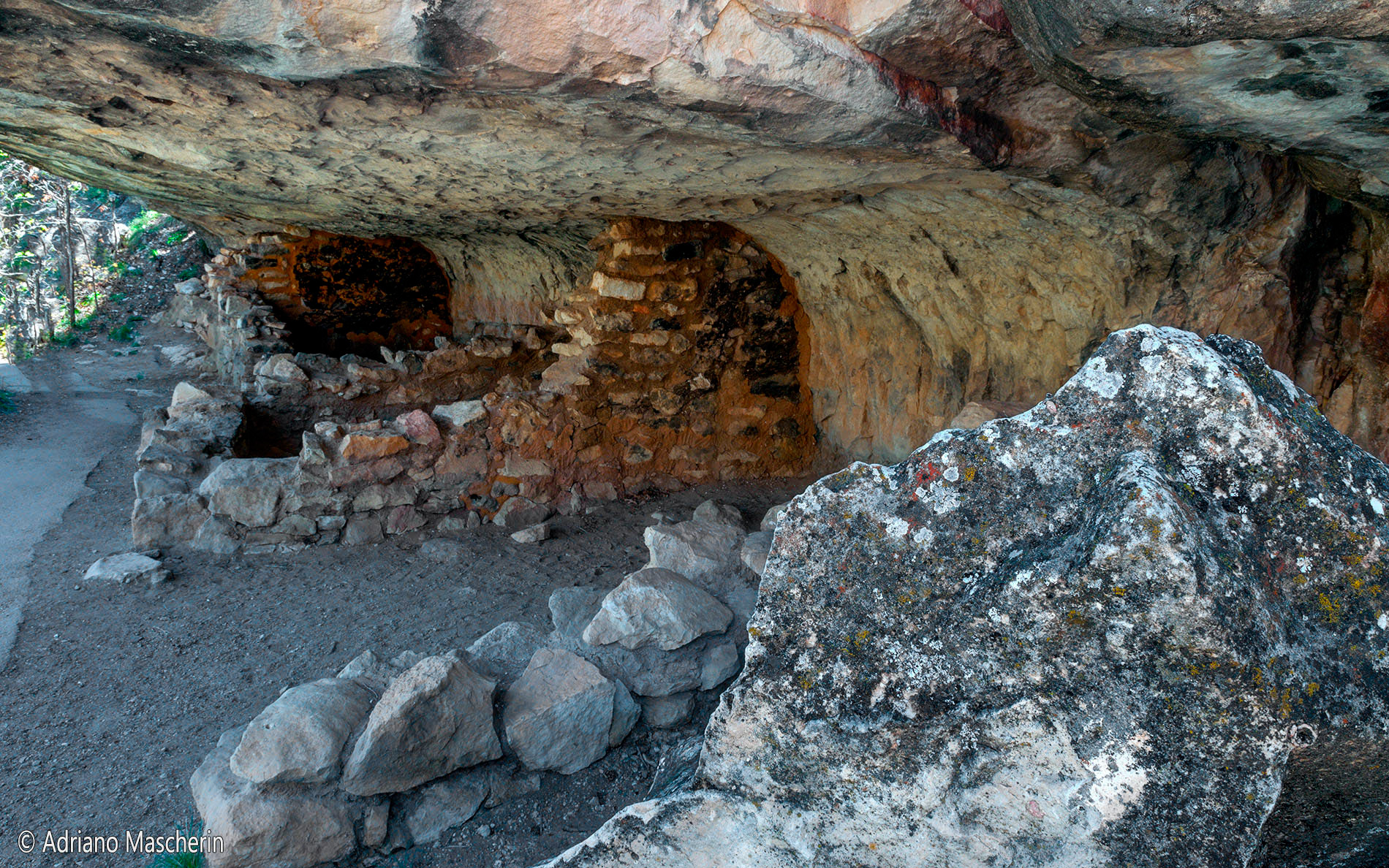Guardando le foto di questa galleria, qualcuno potrebbe rimarcare che ci sono immagini che non sono in sintonia con il titolo di questo articolo. Questo è vero se non si fanno alcune considerazioni. Il sud-ovest degli USA è una zona estremamente desertica che i cambiamenti climatici tendono a rendere ancora più invivibile per la mancanza di acqua. Ci sono delle situazioni in cui la vita riprende, la pioggia nel deserto fa germogliare i semi che erano in quiescente attesa e dopo alcuni giorni le distese sabbiose punteggiate di stoici arbusti si riempiono dei colori delle coraggiose fioriture che durano finché il deserto non riprenderà il suo arido dominio. Il soffio di vita è presente nei canyon dove anche un piccolo rigagnolo si attornia di verdi arbusti ed in alcuni casi di alberi che confidano nel suo continuo apporto di acqua, …di vita. I ruderi delle abitazioni degli Anasazi a Mesa Verde NP sono la testimonianza di un soffio di vita che ha avuto fasi alterne facendo apparire e scomparire un paio di volte tra il 700 ed 1300 questa popolazione. I motivi di questo non sono stati chiariti dagli studiosi ma, sicuramente hanno a che fare con il clima e la possibilità di ricavare sostegno dall’ambiente circostante. Con le stesse motivazioni le popolazioni hanno abbandonato il Walnut Canyon, il Wupatky NM e tanti altri siti e se la situazione continua così ancor oggi assisteremo ad un progressivo spopolamento della zona (il lago Powel è al 45% della sua capacità oggi).
Dal Park Point Overlook 2613 mtr. a Mesa Verde NP la vista può spaziare su un territorio immenso, quando l’aria era più pulita e senza inquinamento si vedevano montagne e profili a 300 km di distanza. Durante la nostra visita abbiamo invece visto acquazzoni a macchia di leopardo sugli altopiani circostanti e li abbiamo visti come tanti soffi di vita sui campi assetati. Le tribù che hanno popolato questi territori non avevano una scrittura ma ci hanno lasciato delle testimonianze scolpite sulla pietra, un esempio interessante è “New paper rock” che di trova nel distretto di Neddle in Canyonlands NP.
Con questo articolo ho voluto mettere in evidenza come questi monumenti naturali si trovino in un ambiente a volte impossibile per la vita, la scarsità d’acqua, le estati torride, gli inverni freddi ed asciutti rendono l’ambiente inospitale ed invivibile. Quando in questo territorio arido si vede un campo verde vuol dire che c’è l’irrigazione, quando non ci sarà più acqua anche questi agricoltori dovranno andare in altri luoghi dove portare avanti la loro attività o fare qualcosa altro.
In ogni caso la natura mette in atto tutte le strategie per vivere anche nelle condizioni più estreme e probabilmente dovremo farlo anche noi facendo interventi mirati sul nostro modo di usare il territorio.
Looking at the photos of this gallery, someone might point out that there are images that are not in accordance with the title of this article. This is true, if you do not make some considerations. The southwest of the USA is an extremely desert area that climatic changes tend to make it even more uninhabitable due to the lack of water. There are situations in which life goes on, the rain in the desert sprouting the seeds that were dormant and waiting a few days after the sandy expanses dotted of stoic shrubs are filled of colours from bold blooms that last until the desert does not resume its arid domain. The breathe of life is present in the canyons where even a small rivulet is surrounded of green shrubs and sometimes trees that trust in its continuous contribution of life water. The ruins of the Anasazi dwellings at Mesa Verde NP are the testimony of a breathe of life that has had its ups and downs making it appear and disappear a couple of times between 700 and 1300 among this population. The reasons for this have not been clarified by scientists but surely have to do with the climate and the possibility of obtaining support from the surrounding environment. For the same reason the people have left the Walnut Canyon, the Wupatky NM and many other sites and if the situation continues even today we will see a gradual depopulation of the area (the Powel lake is at 45% capacity today).
From Park Point Overlook 2613 mtr. Mesa Verde NP the views can range over a vast territory, when the air was clean and without pollution you could see mountains and profiles 300 km away. During our visit we saw downpours rather patchy on the surrounding highlands, and we saw them as so many arid fields. The tribes that populated these territories had no writings, but they left us testimonies carved on the stone, an interesting example is 'New paper rock' that is in Neddle District in Canyonlands NP.
With this article I want to highlight how these natural monuments are in an environment that at times are impossible for life, water lack, hot summers, cold and dry winters make the environment inhospitable and uninhabitable. When in this arid land you see a green field means that there is irrigation, when there will be no more water also these farmers will have to move to other places to continue their business or do something else.
In any case, the nature puts in place all the strategies for living in the most extreme conditions and will probably have to do it ourselves doing targeted interventions on the way we use the land.

Downpour from Park Point Overlook - Mesa Verde NP
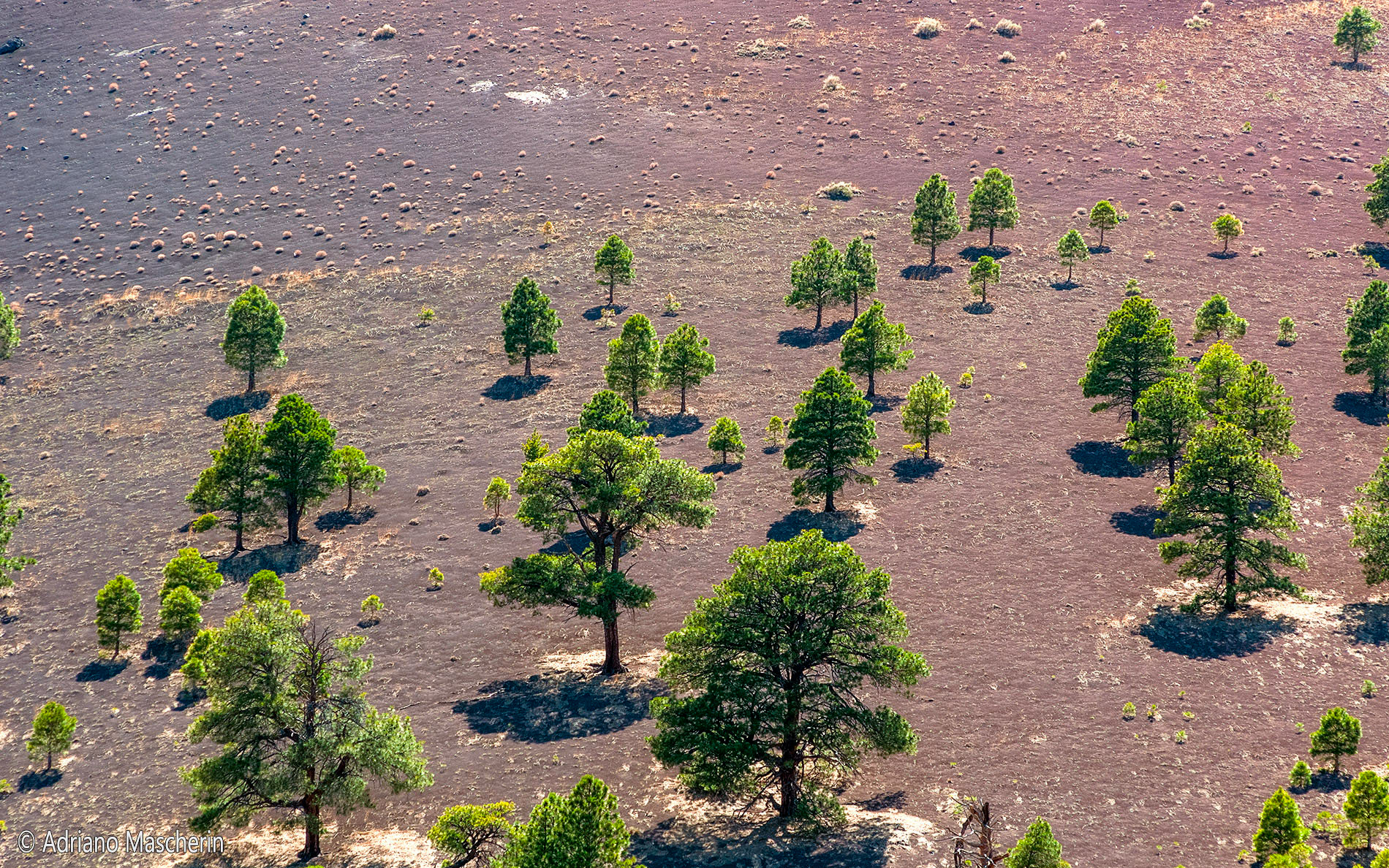
Trees that colonize the Sunset Crater

Cathedral Rock from Oak Creek - Sedona
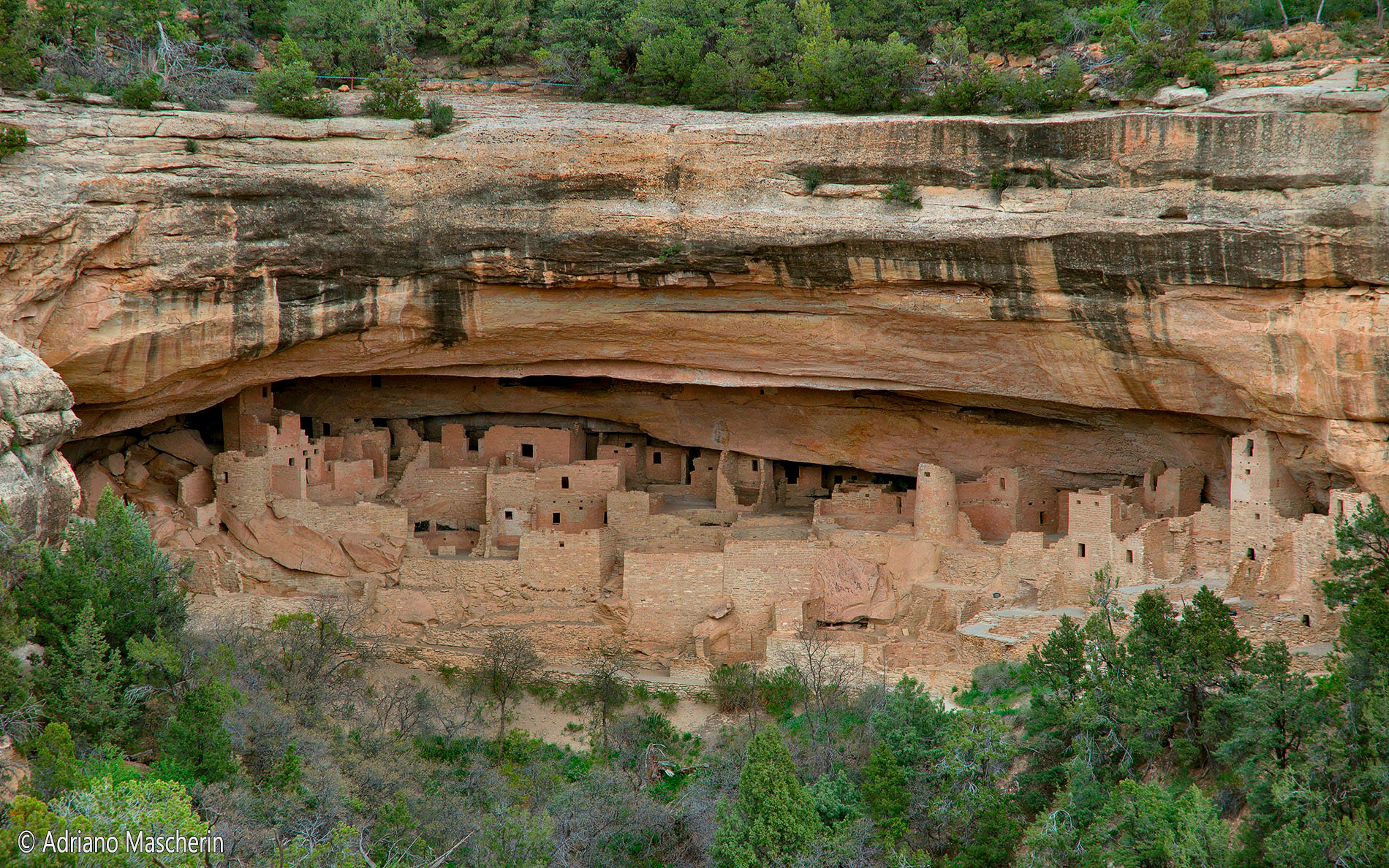
Cliff Palace - Mesa Verde NP
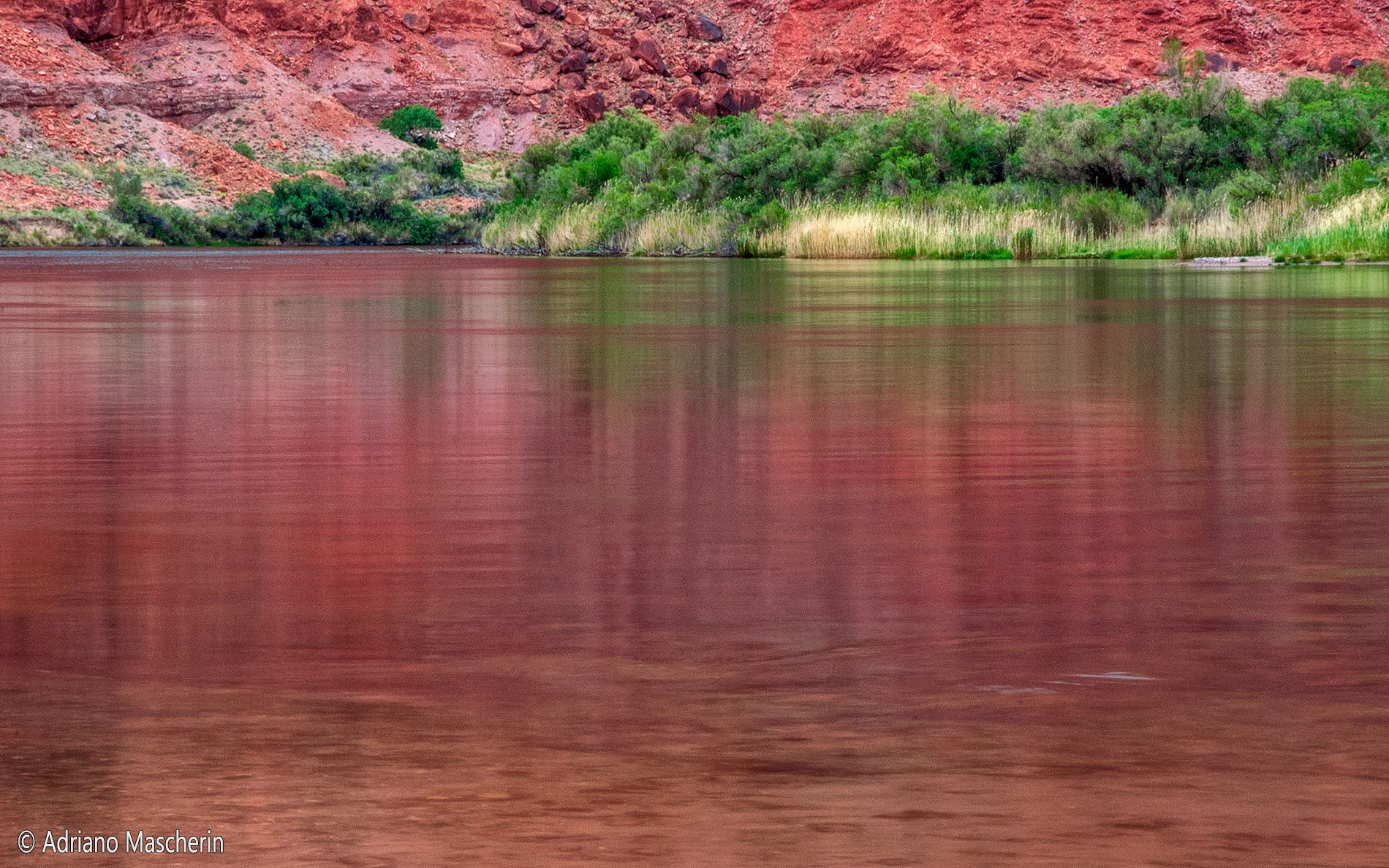
Colorado river at Lees Ferry

Creek River Fall - Lower Staircase
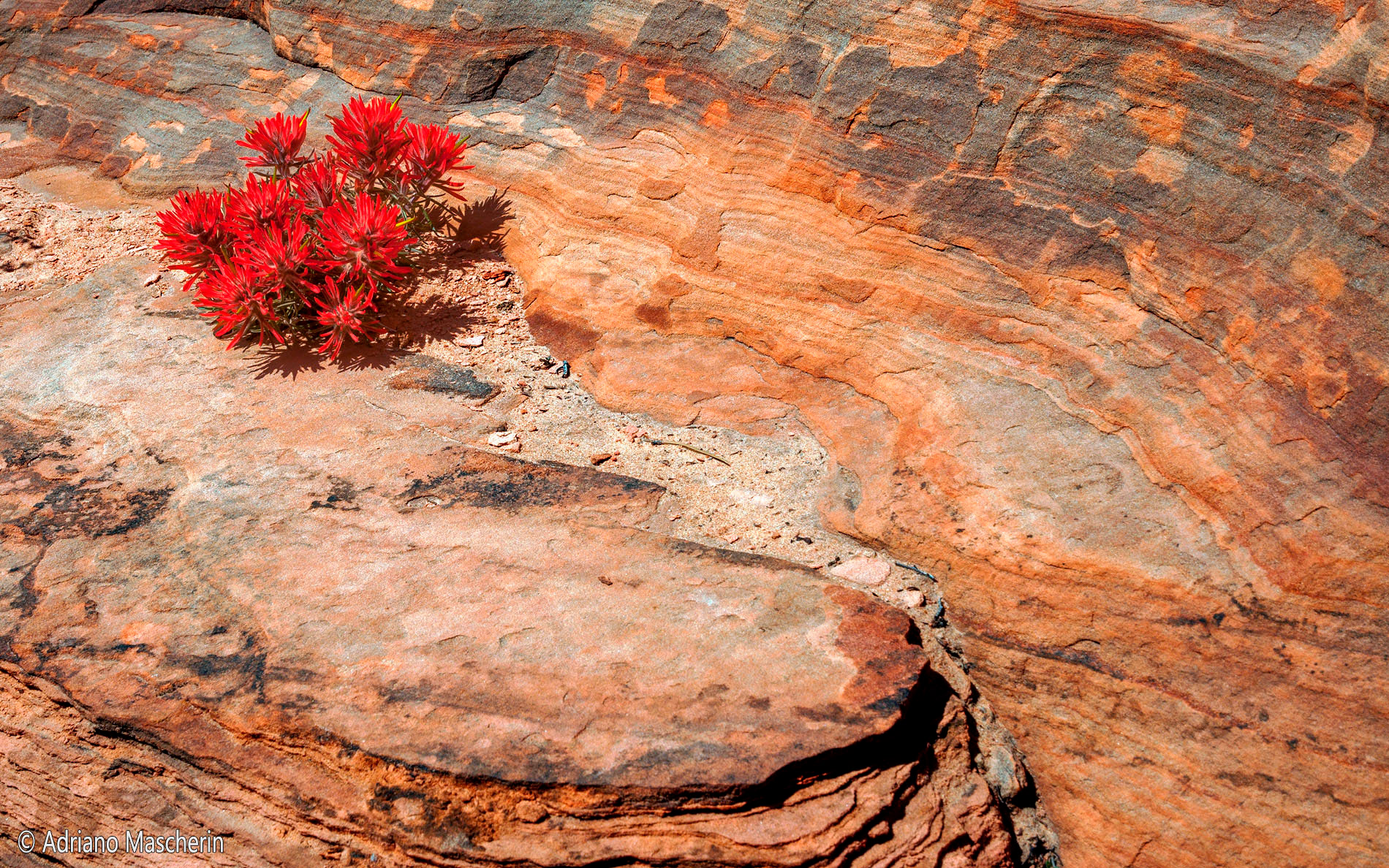
Desert Paintbrush - Zion NP

Emerald Pools Lower - Zion NP
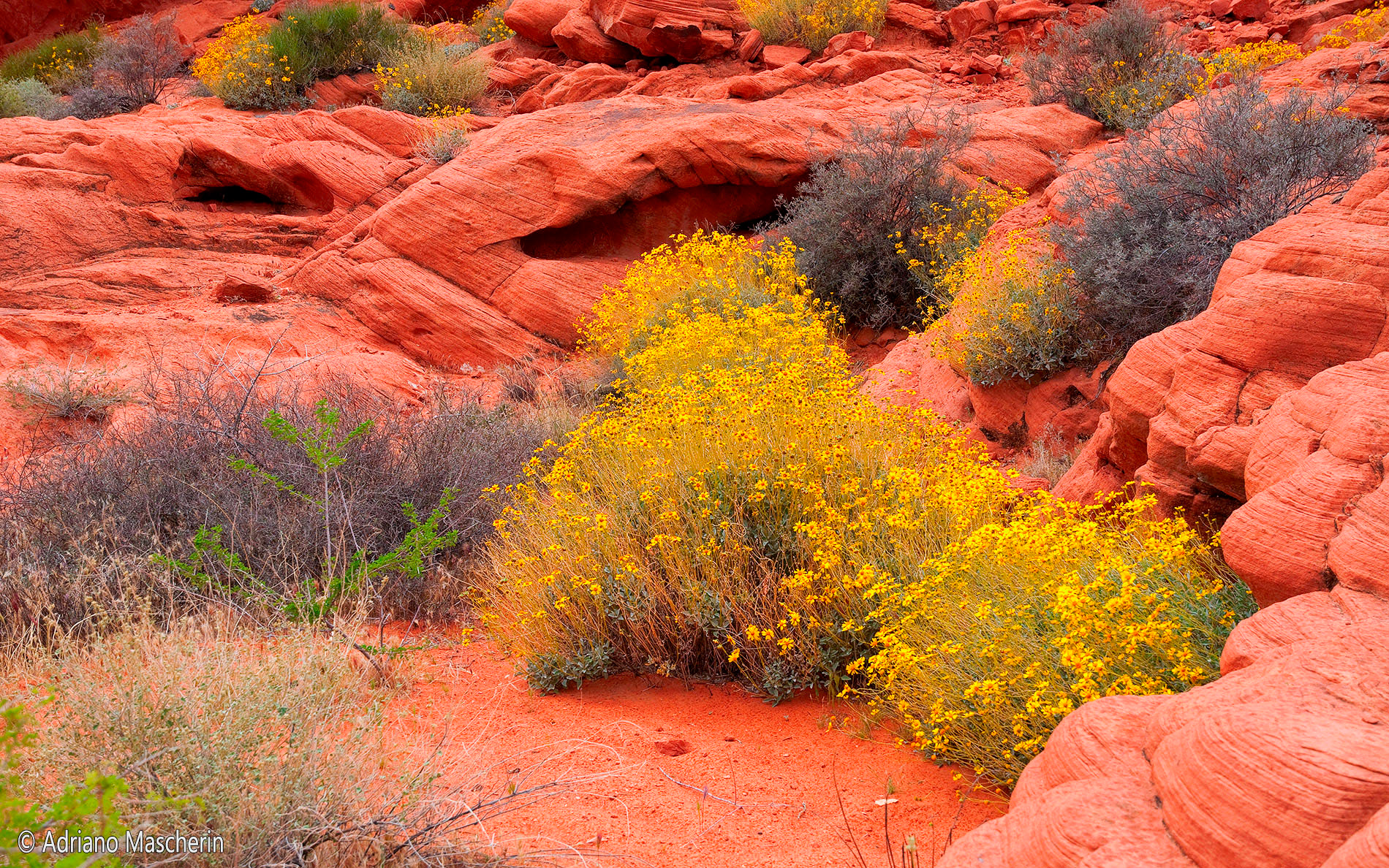
Blooming in Valley of Fire
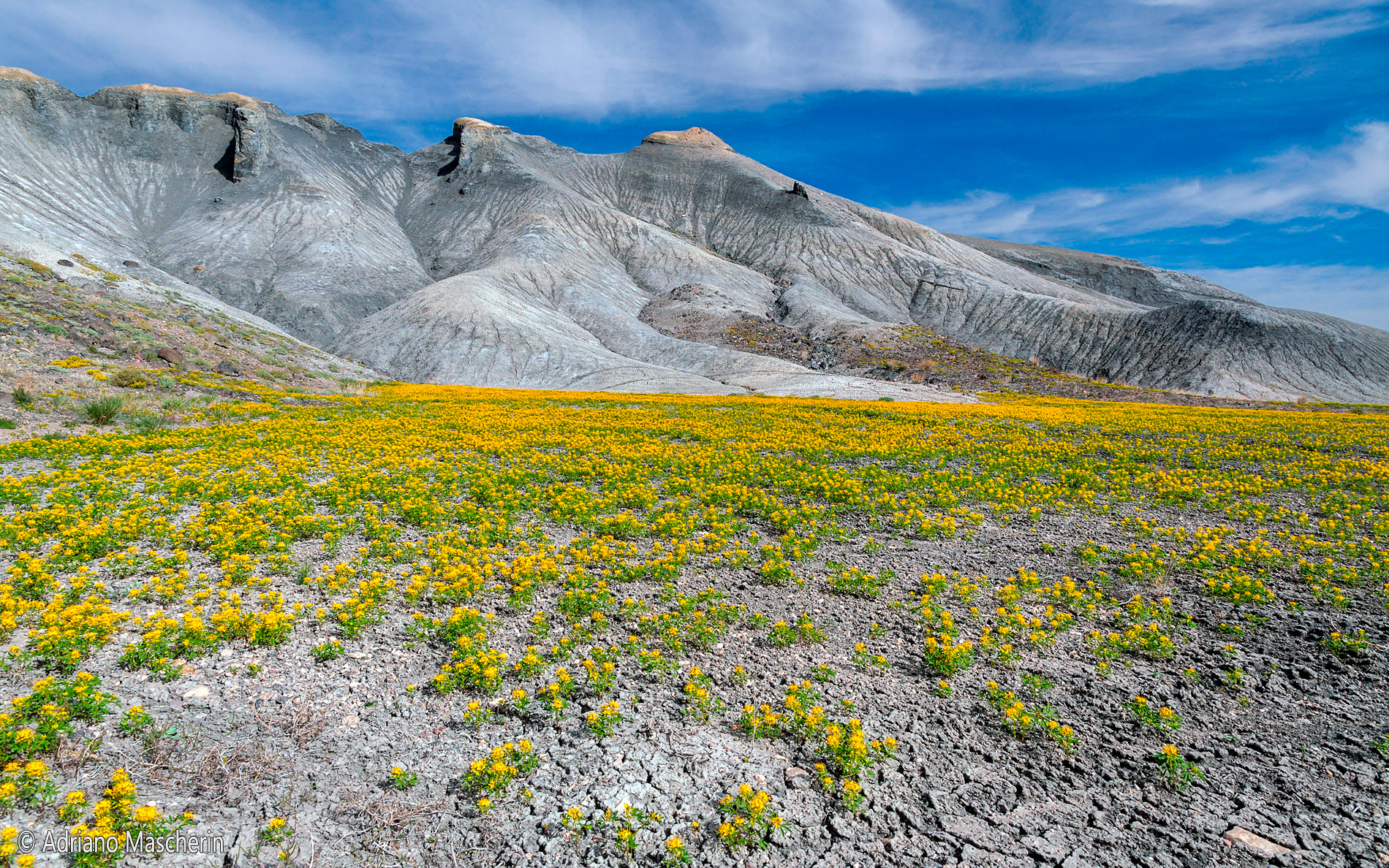
Blooming at Caineville Mesa

Blooming at Caineville Mesa

Blooming at Salsberry Pass - DeathValley NP
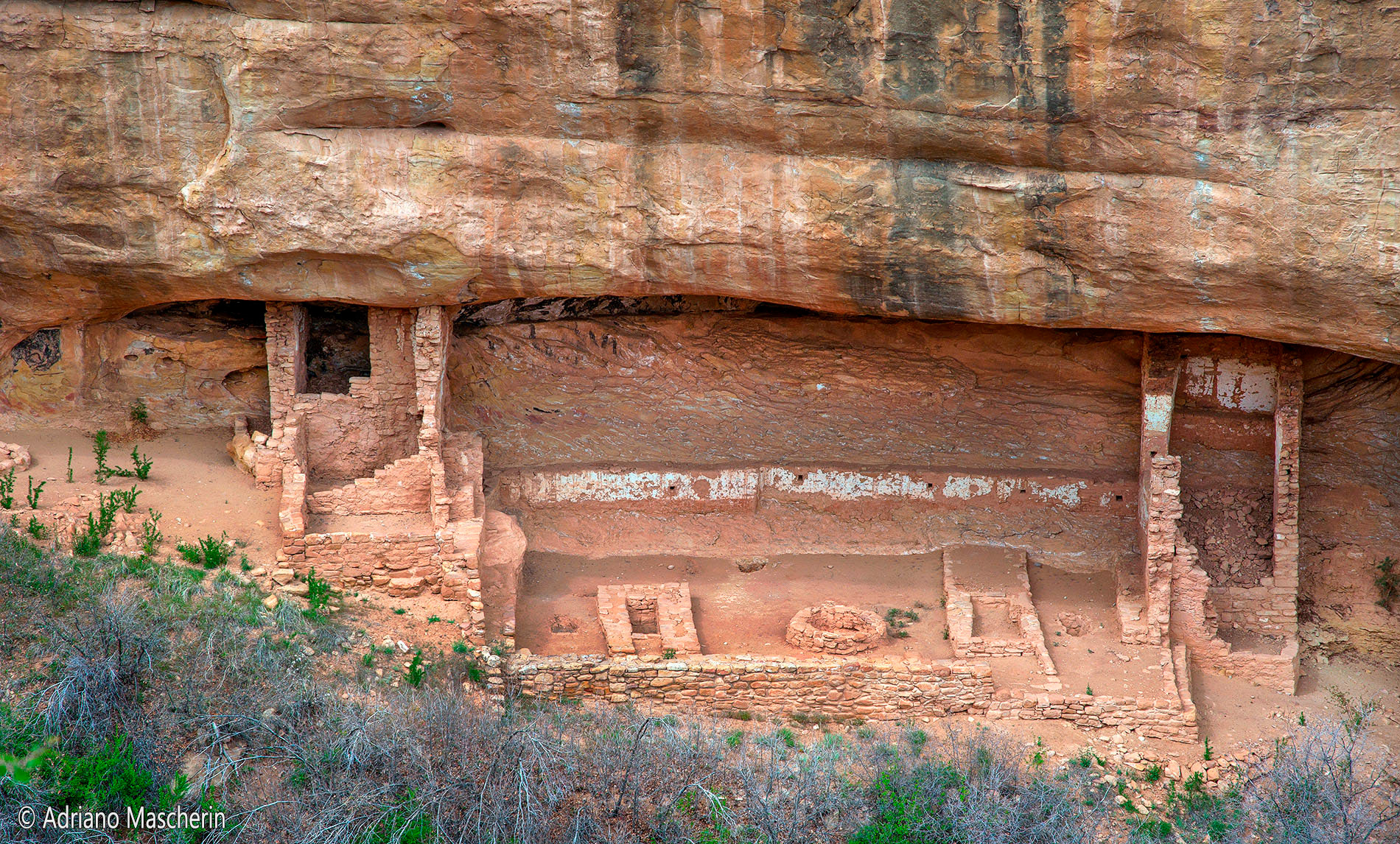
Fire Temple - Mesa Verde NP

Fremont River near Fruita - Capitol Reef NP
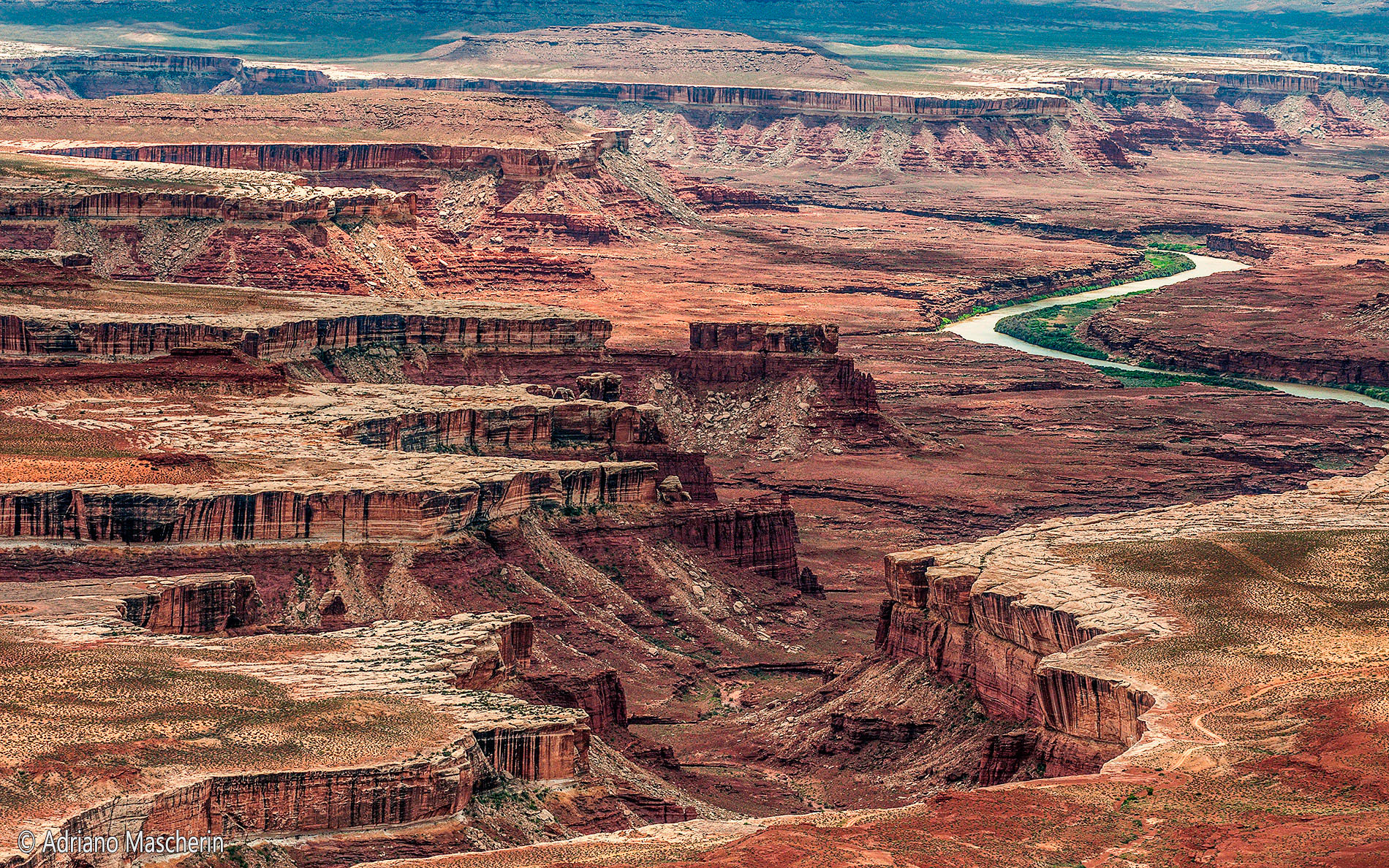
Green River Overlook - Canyonlands NP

Horse Point Colorado - Canyonlands NP

Hotel Red Cliff next to Colorado river
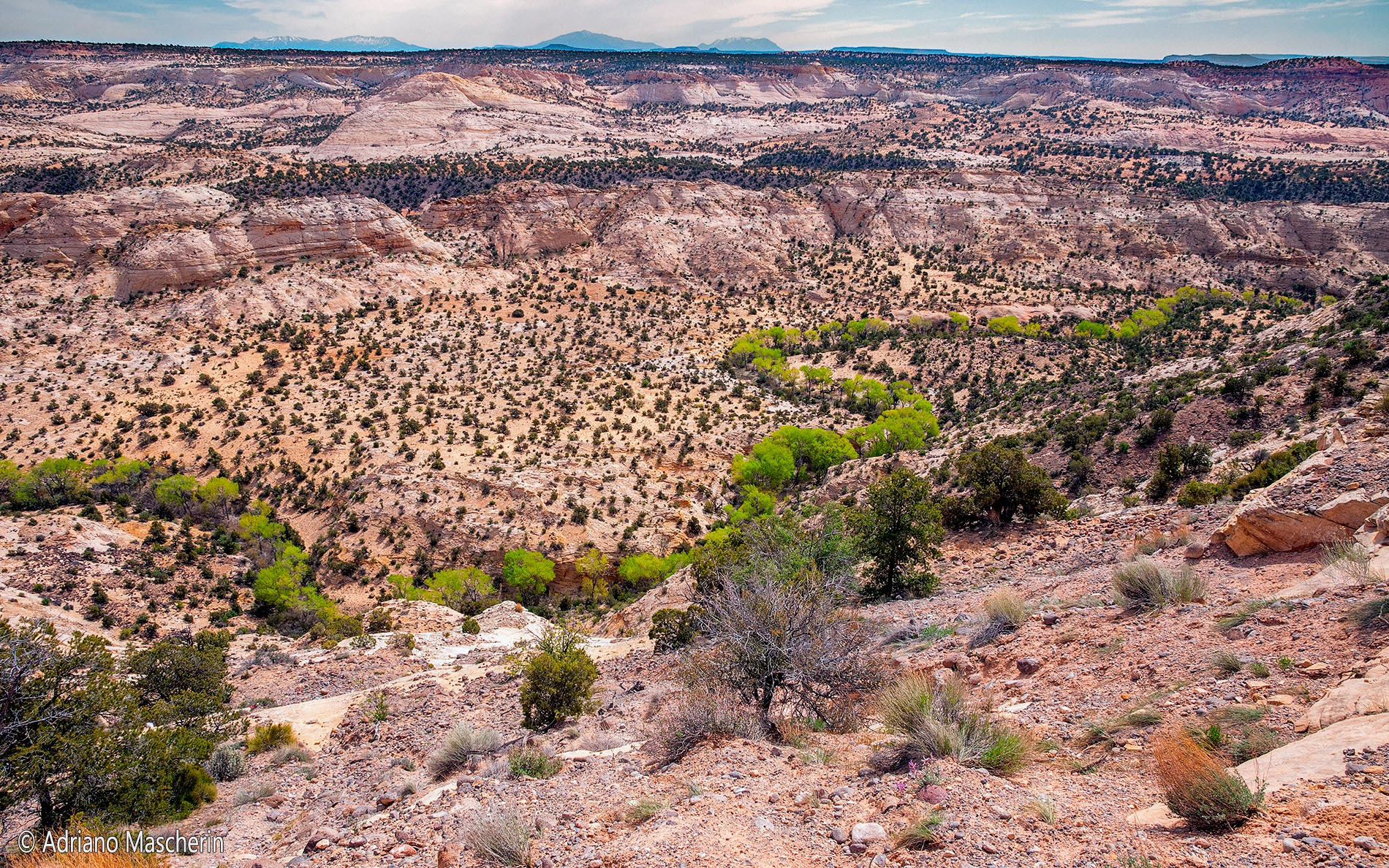
Water Sign - Grand Staircase
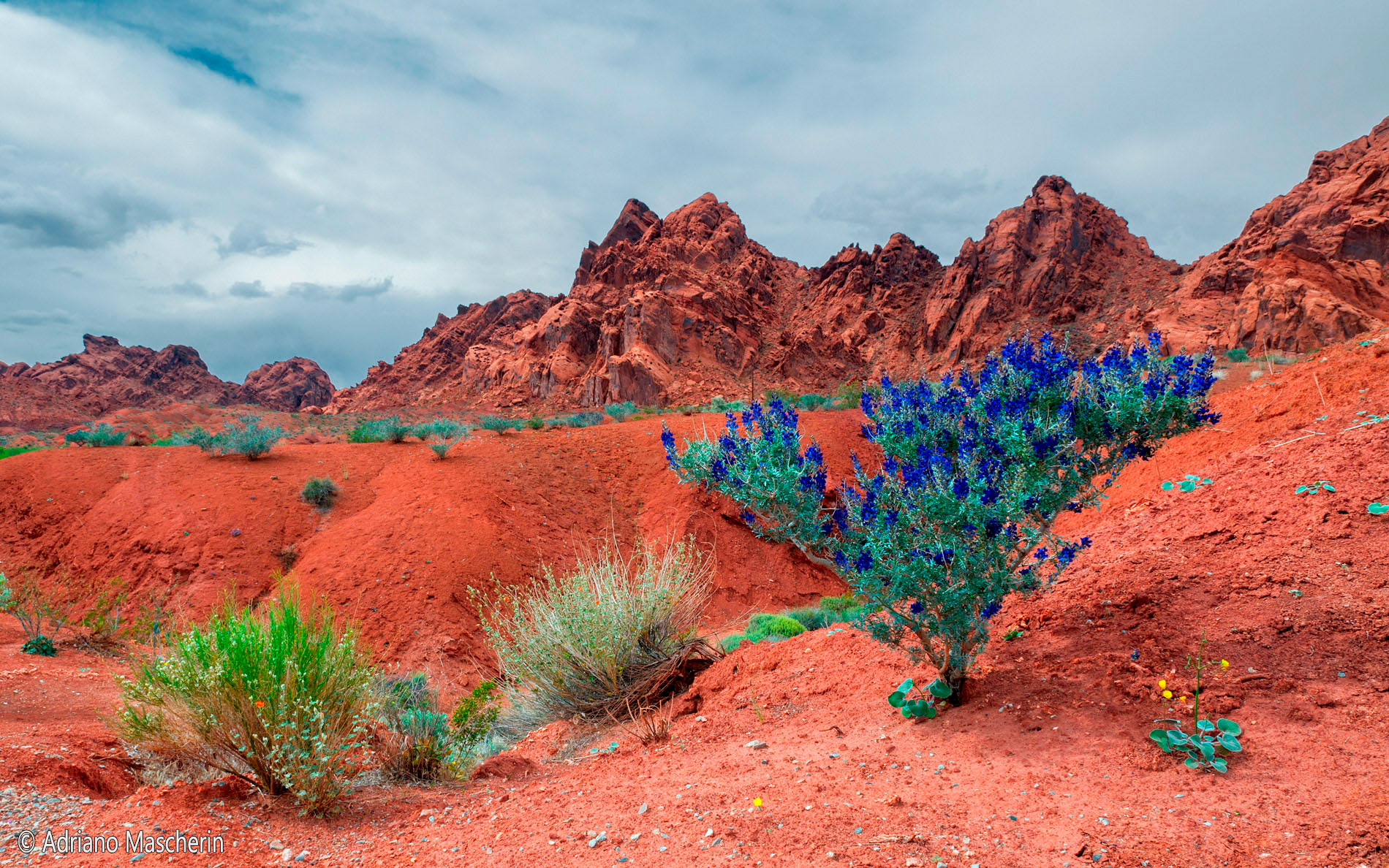
Psorothamnus Fremontii - Indigo Bush - Valley of Fire

Dugout Reservoir - Needle District Canyonlands
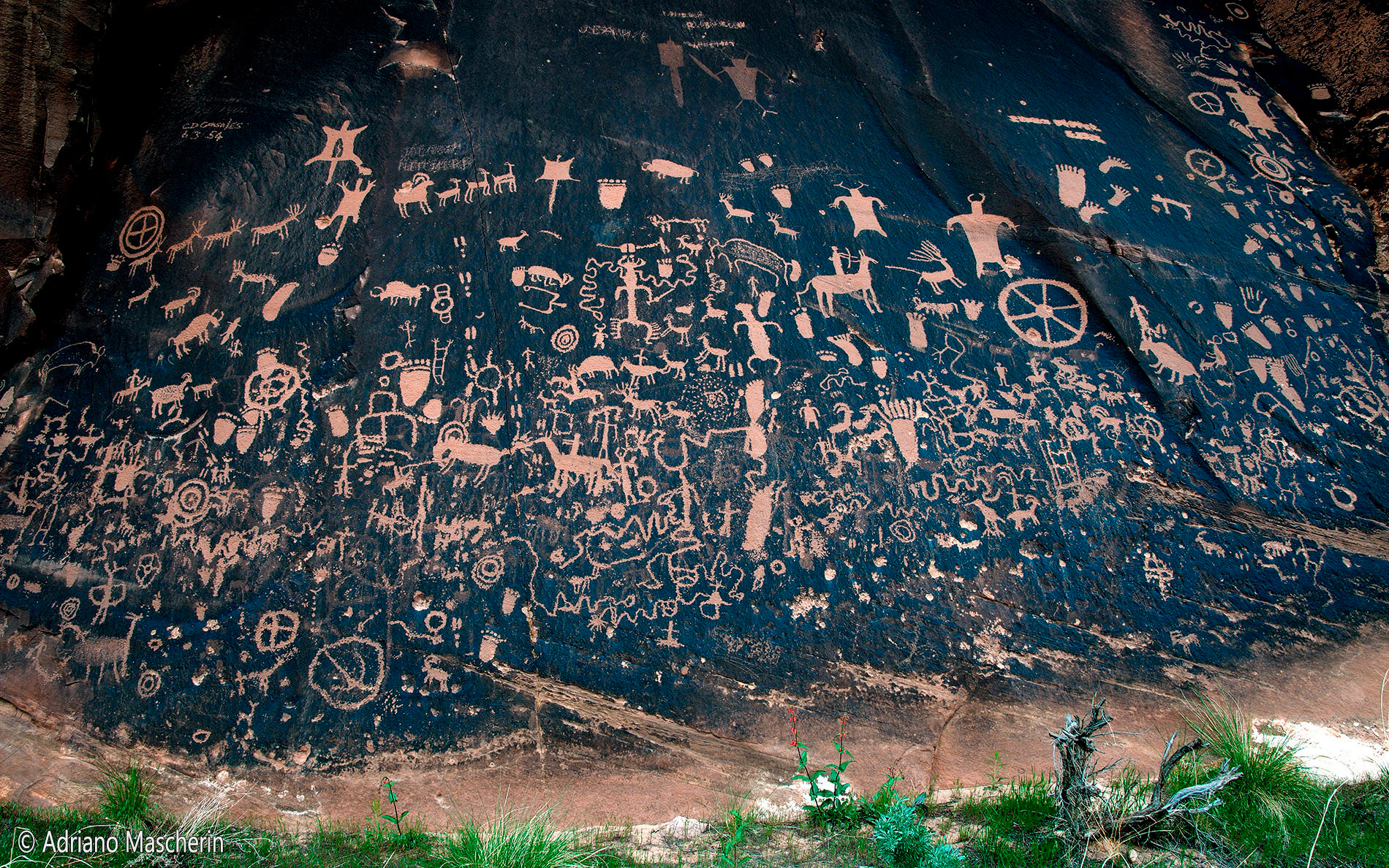
News Paper Rock - Neddle District Canyonlands

Poplars near Fruita - Capitol Reef NP

Ruins Wupatki Pueblo

Square Tower House - Mesa Verde NP
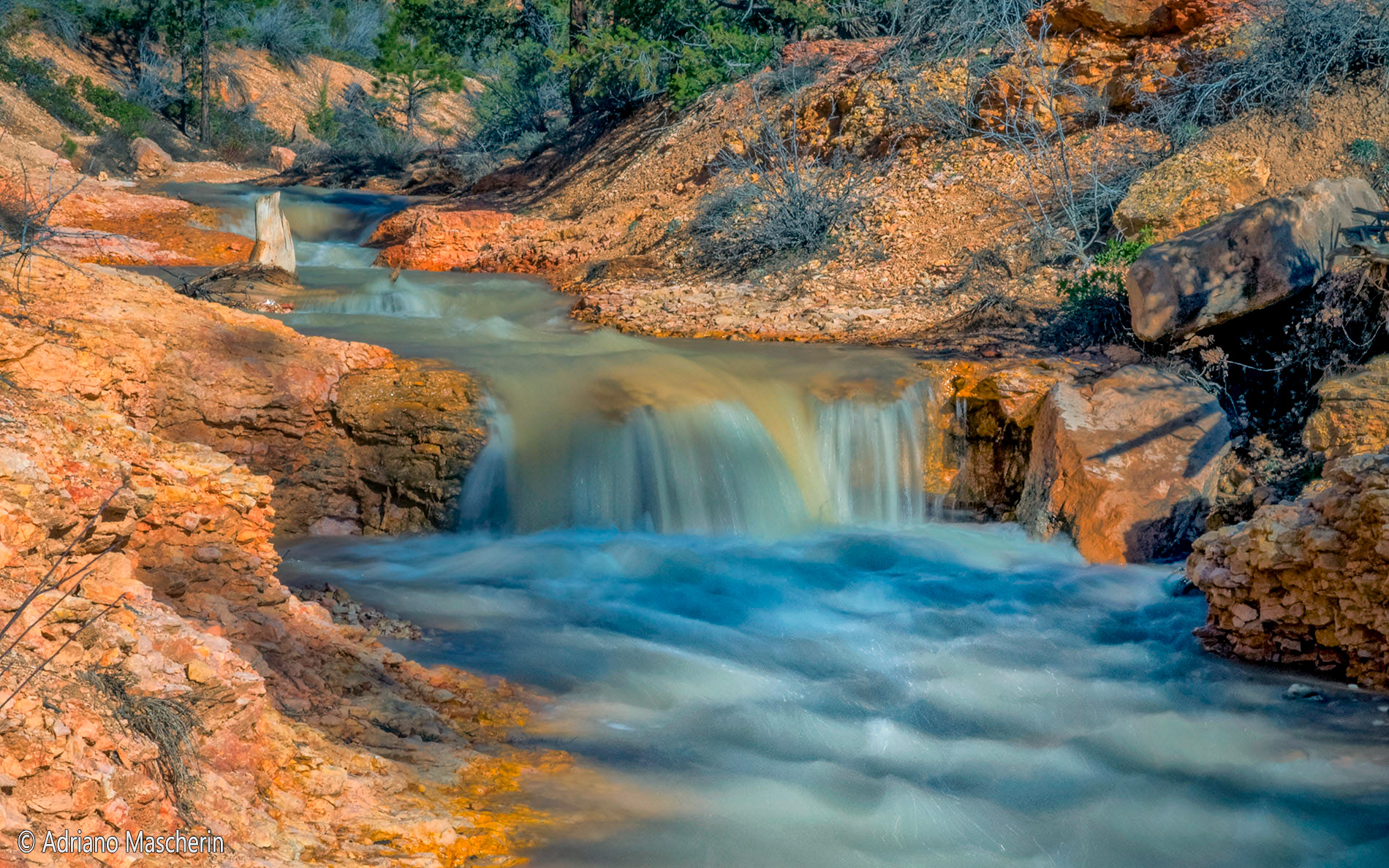
Ditch Mossy Cave - Tropic
